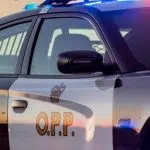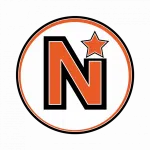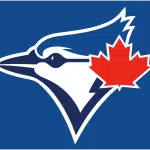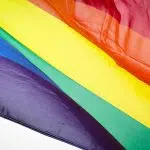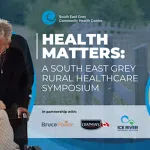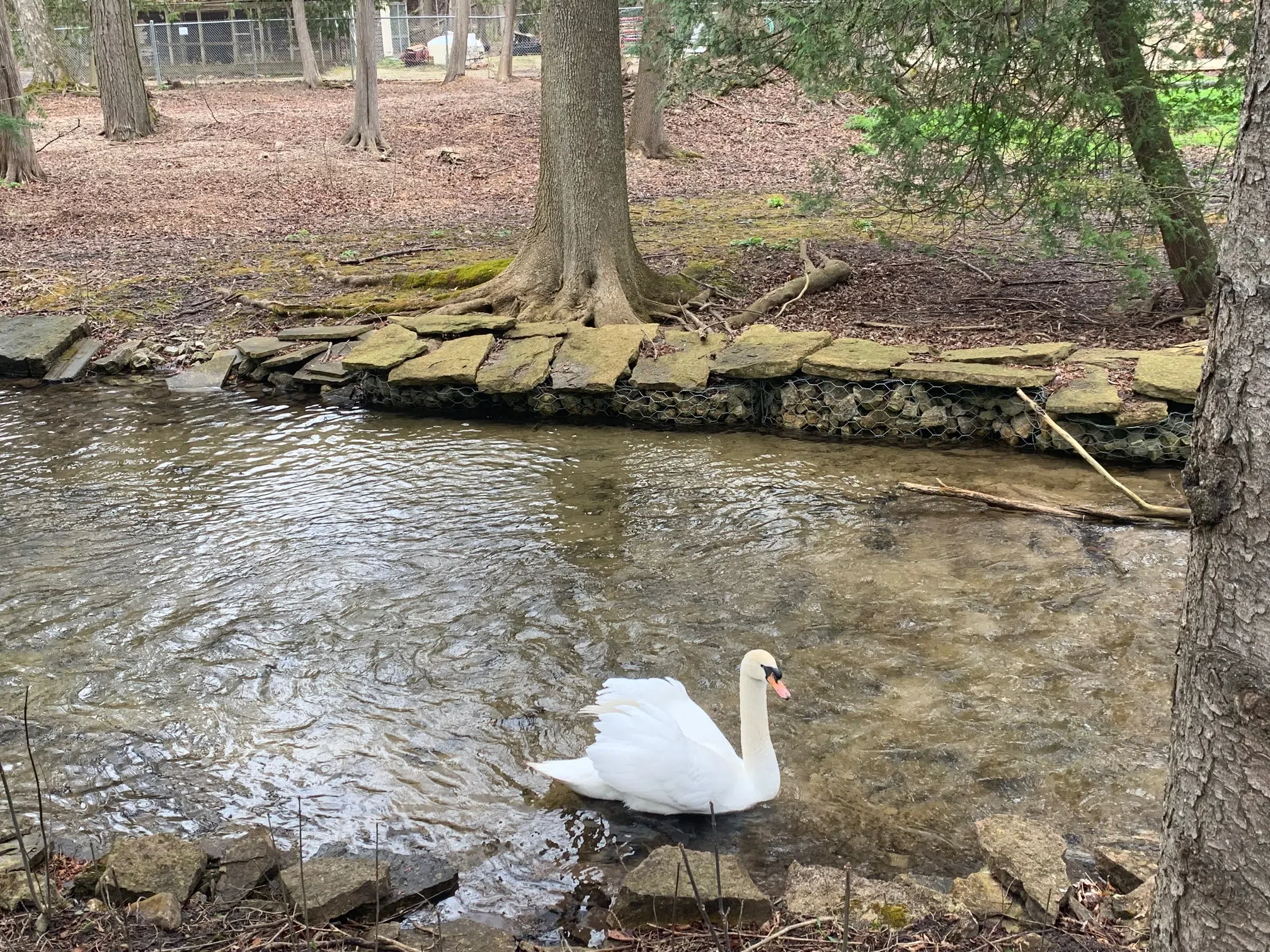
One of the resident swans goes for a swim in bird sanctuary area at Harrison Park (Matt Hermiz/Bayshore Broadcasting News)
Owen Sound won’t be repopulating the bird sanctuary area at Harrison Park, but will be keeping some swans.
The city’s updated Harrison Park master plan was approved by council at its meeting Monday.
It includes several recommendations concerning the park’s bird sanctuary area, including getting rid of the bird barns which used to house exotic birds such as pheasants and peacocks.
The plan also calls for the city to forego reintroducing any captive birds, but was updated from a previous version to allow for “an appropriate number of swans” to be retained.
The city’s been trying to figure out what to do with its bird sanctuary at Harrison Park, after nearly 100 birds and waterfowl had to be euthanized in September 2022 to contain an avian flu outbreak.
Six historically significant swans — who are direct descendants of swans gifted from King George V in 1912 — were saved during the outbreak. But a population management biologist with Environment and Climate Change Canada had advised the city against reintroducing any captive birds — including swans — to minimize the risk of another avian flu outbreak.
Chris Sharp also told community services committee members if there is a desire to keep swans at Harrison Park, reproduction should be discouraged and the birds not replaced after they pass away.
But the city will instead be trying to maintain some number of swans at Harrison Park moving forward, and monitoring their health carefully.
The number of swans that will be kept at the park isn’t clear, but it will be fewer. Owen Sound’s Director of Community Services Pam Coulter told community services committee members at a May 15 meeting consultations with Stratford and Kitchener informed the city that it may have a density of swans that’s too high based on the area of water.
“It may be that we donate some swans and work with another community,” Coulter says.
The Harrison Park master plan also includes a recommendation to update the habitat for swans, and to “naturalize” the bird sanctuary area.
More details on what that could look like will be brought to the community services committee in a future report.

